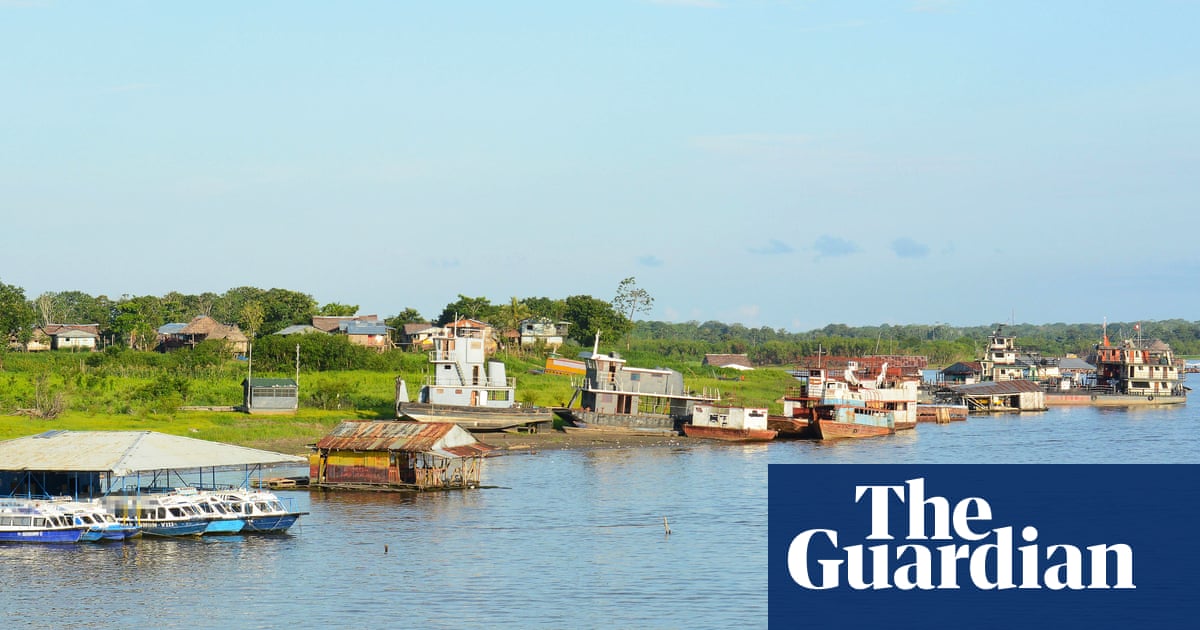A Spanish tourist's harrowing experience in the Peruvian Amazon has drawn attention to safety issues in tourist destinations, particularly in regions known for their natural beauty but also for potential criminal activity. This incident, involving a group of armed robbers referred to as “river pirates,” raises questions about tourist safety, emergency protocols, and the responsibility of tour operators.
Impacts on Public Perception
The article highlights a significant concern regarding the safety of tourists in Peru, particularly in the Amazon region. By featuring a personal account of the traumatic experience, it aims to evoke empathy and fear among potential travelers, which could deter tourism. The vivid details shared by the victim create a sense of urgency and danger, potentially shaping public perception toward viewing such destinations as unsafe.
Concealed Information
While the article focuses on the robbery and the immediate aftermath, it does not delve into broader issues, such as the systemic problems contributing to crime in the region or the socioeconomic factors that may drive individuals to engage in such criminal activities. This could imply an attempt to simplify a complex issue and direct public attention towards individual incidents rather than the underlying causes of crime.
Manipulative Elements
The emotional weight of the narrative may serve to manipulate public sentiment regarding the safety of travel in Peru. By framing the robbers as “river pirates,” the article sensationalizes the event and potentially stirs nationalistic sentiments, positioning tourists as victims of a lawless environment. The language used, emphasizing fear and helplessness, could lead to an exaggerated perception of risk associated with traveling to Peru.
Truthfulness and Reliability
The reliability of the report hinges on the firsthand account of the victim, which typically adds credibility. However, the lack of official data or commentary from law enforcement reduces the comprehensiveness of the narrative. The tour operator’s response, which includes an admission of limited control over the situation, suggests a need for improved safety measures but does not fully address the risk factors involved in such tours.
Comparative Analysis
When compared to other recent reports on crime against tourists, this article fits into a broader trend of highlighting vulnerability in popular tourist destinations. It aligns with narratives that suggest increasing crime rates in regions that rely heavily on tourism, therefore potentially impacting the local economy and international perceptions of safety.
Potential Consequences
The fallout from this incident could affect tourism in the region, leading to decreased visitor numbers and economic repercussions for local businesses. If perceptions of danger persist, it may prompt calls for increased security measures and greater regulation of tour operators.
Target Audience
This report appears to resonate more with potential travelers who prioritize safety, families, and individuals concerned about the risks of adventure tourism. It may also attract attention from advocacy groups focused on travelers' rights and safety.
Market Implications
In terms of market impact, this incident could influence investor sentiment regarding companies involved in tourism in Peru. Stocks related to the tourism sector might experience volatility as potential visitors reassess their travel plans based on safety concerns highlighted in the media.
Geopolitical Context
From a geopolitical perspective, incidents like this can affect international relations, particularly if tourism declines significantly. It can lead to discussions about safety protocols and cooperation between countries to ensure the safety of their citizens abroad.
AI Involvement
Regarding the involvement of AI in crafting this news article, it is possible that AI language models were used to generate or refine the narrative. The structured presentation and focus on emotional storytelling suggest a potential algorithmic influence, aiming to maximize engagement and reader response.
In conclusion, while this news story is grounded in a real incident, it raises broader questions about safety, responsibility, and the portrayal of crime in relation to tourism. Given the sensationalist aspects and the emotional framing, the reliability could be viewed as moderate, with a significant emphasis on narrative over comprehensive analysis.
